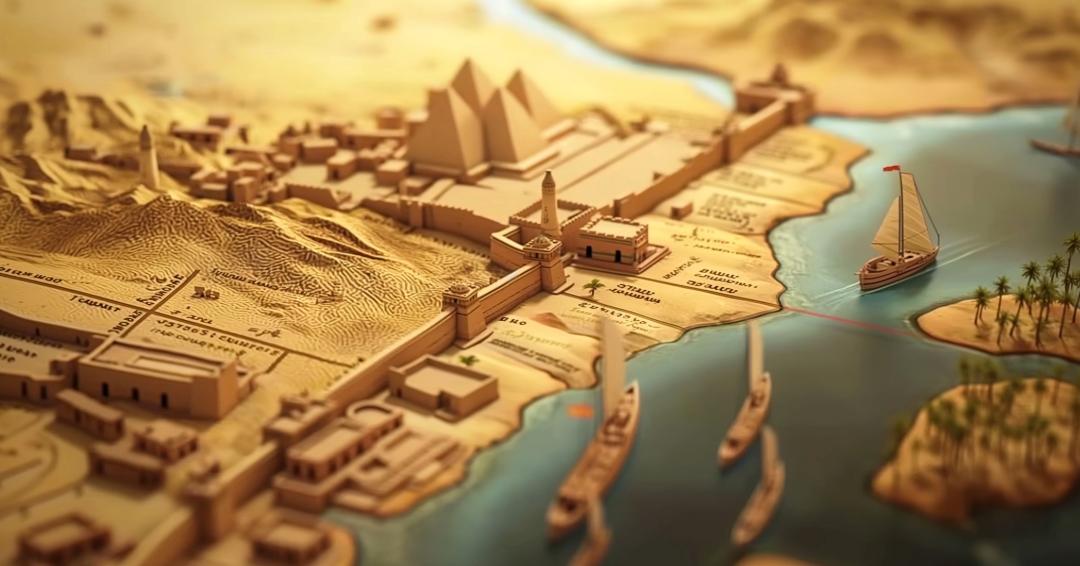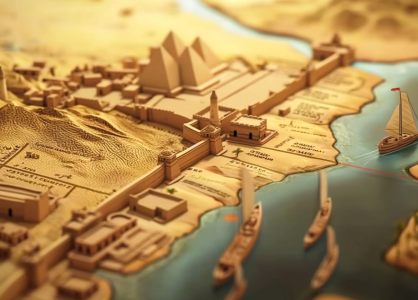Collecting has been an intrinsic part of human culture, evolving from the preservation of ancient artifacts to the acquisition of digital assets in the modern era. This journey reflects our innate desire to connect with history, express identity, and find value in the unique.
The practice of collecting dates back to ancient civilizations. Early humans amassed items not only for practical purposes but also as symbols of status and spirituality. Artifacts such as coins, manuscripts, art pieces, and religious relics were treasured for their cultural and historical significance. For instance, ancient Greeks and Romans collected art and texts, linking collecting with scholarship and, at times, forgery, as collectors sought to complete their assemblages.
Impact of Industrialization and Pop Culture
The Industrial Revolution brought about mass production, making goods more accessible and affordable. This shift democratized collecting, allowing the middle class to partake in the hobby. The 20th century saw the rise of pop culture, further influencing collecting habits. Items like comic books, sports cards, and movie memorabilia became coveted, reflecting societal interests and technological advancements. The emergence of these collectibles showcased a blend of nostalgia and investment potential, as enthusiasts sought to own a piece of contemporary culture.
The Digital Age and the Emergence of NFTs
In the 21st century, the digital revolution has transformed collecting once again. Non-Fungible Tokens (NFTs) have emerged as unique digital assets representing ownership of various digital items, including art, music, and virtual real estate. Built on blockchain technology, NFTs provide a secure way to verify authenticity and ownership. This innovation has opened new avenues for artists and collectors, enabling the monetization and acquisition of digital creations in ways previously unimaginable.
A Hypothetical: Pharaohs and Digital Collecting
Considering the Egyptian pharaohs’ penchant for amassing treasures to display power and ensure a legacy, it’s intriguing to ponder whether they would have embraced NFTs. Given their desire to immortalize their reigns, pharaohs might have collected digital representations of their achievements, commissioning artists to create NFTs depicting monumental events or deities, thus preserving their legacy in the digital realm.
At Collectiblepedia, we recognize the rich history and evolving nature of collecting. Our platform is dedicated to helping collectors explore, document, and track the history of collectibles, bridging the gap between ancient artifacts and modern digital assets. Whether you’re a seasoned collector of historical items or an enthusiast of the latest digital trends, Collectiblepedia offers the tools and community to support your passion.
For more insights into the evolution of collecting, explore the following resources:
Embrace the journey of collecting with Collectiblepedia, where history meets innovation.

